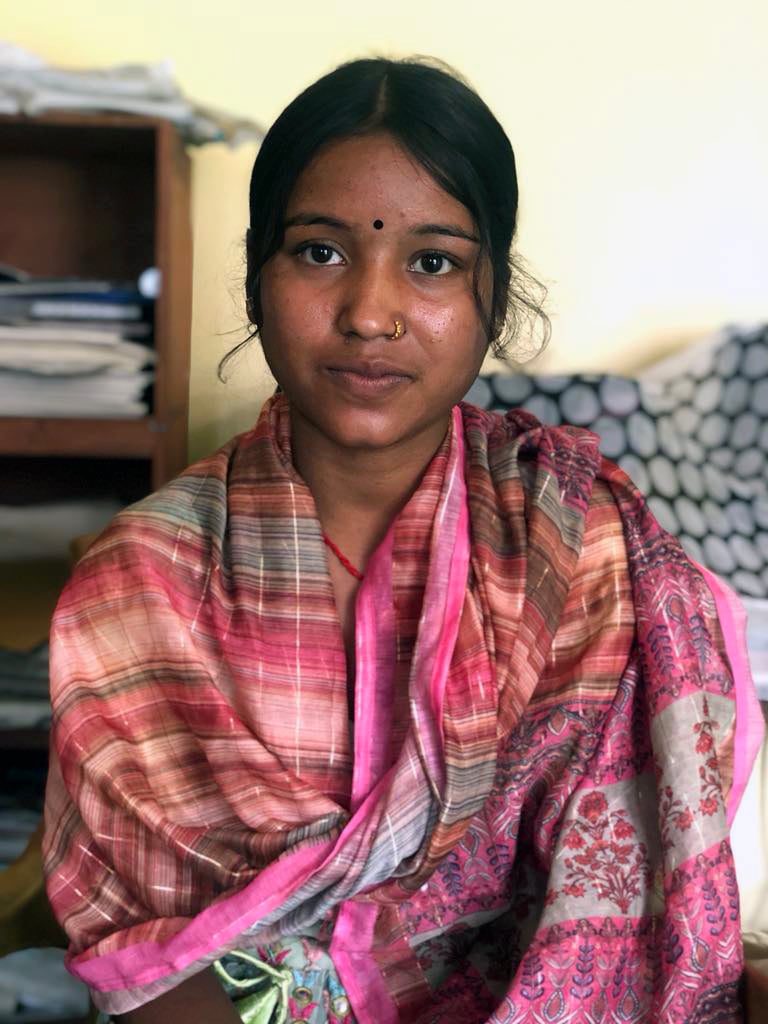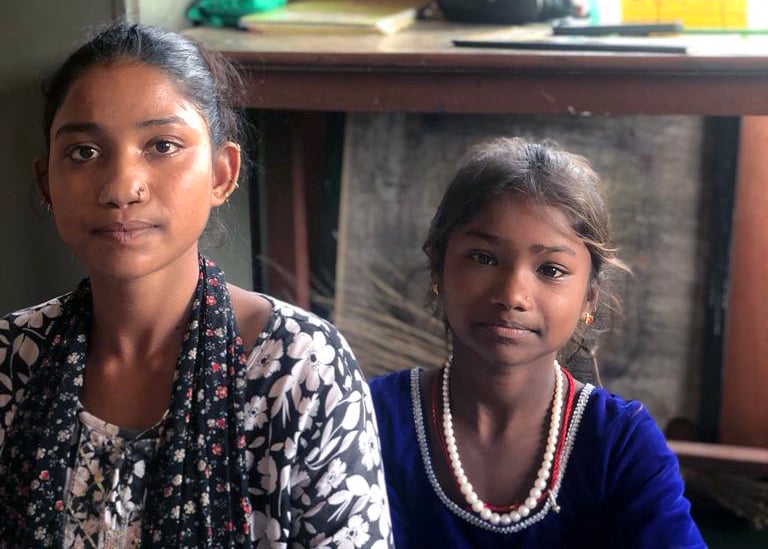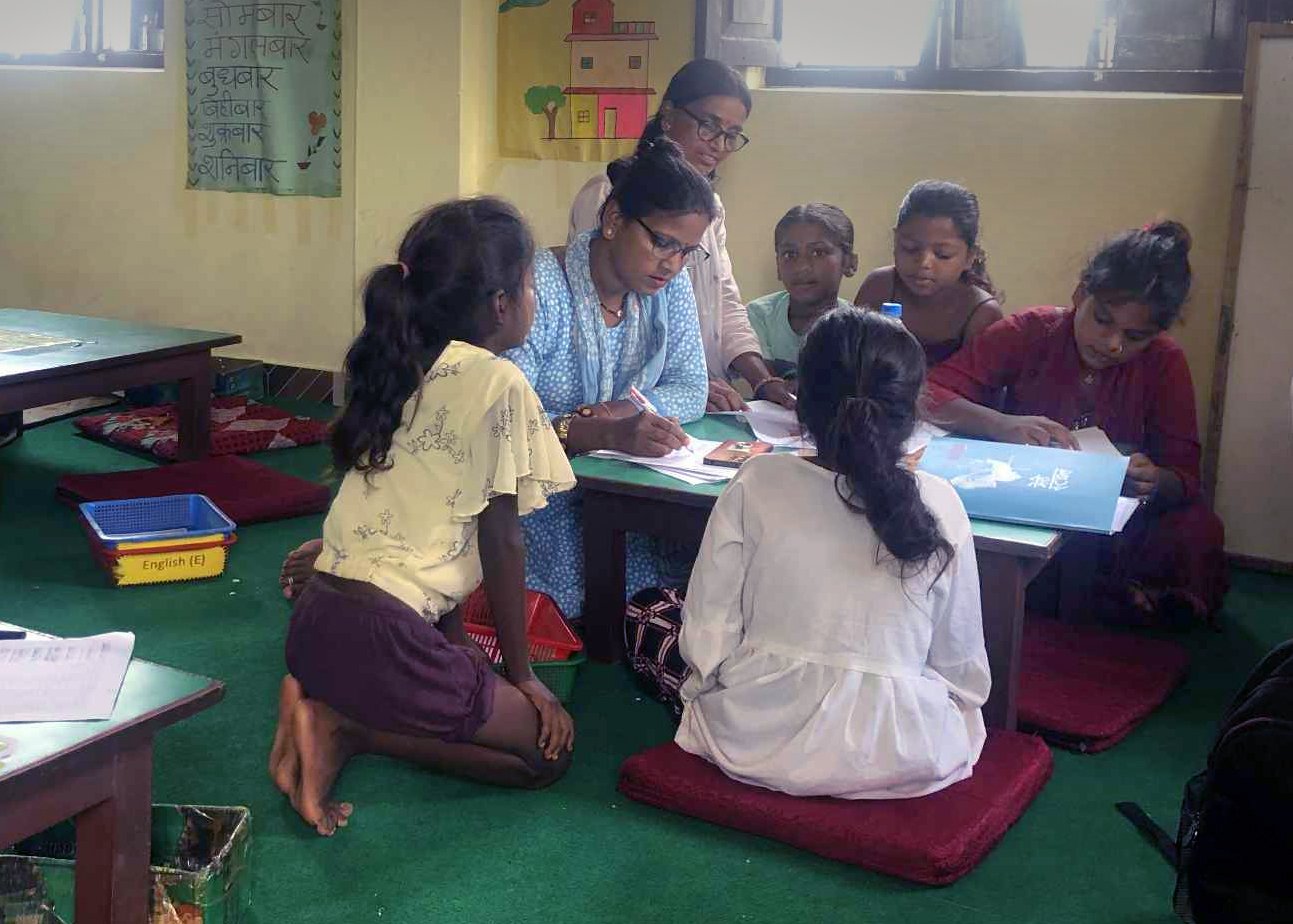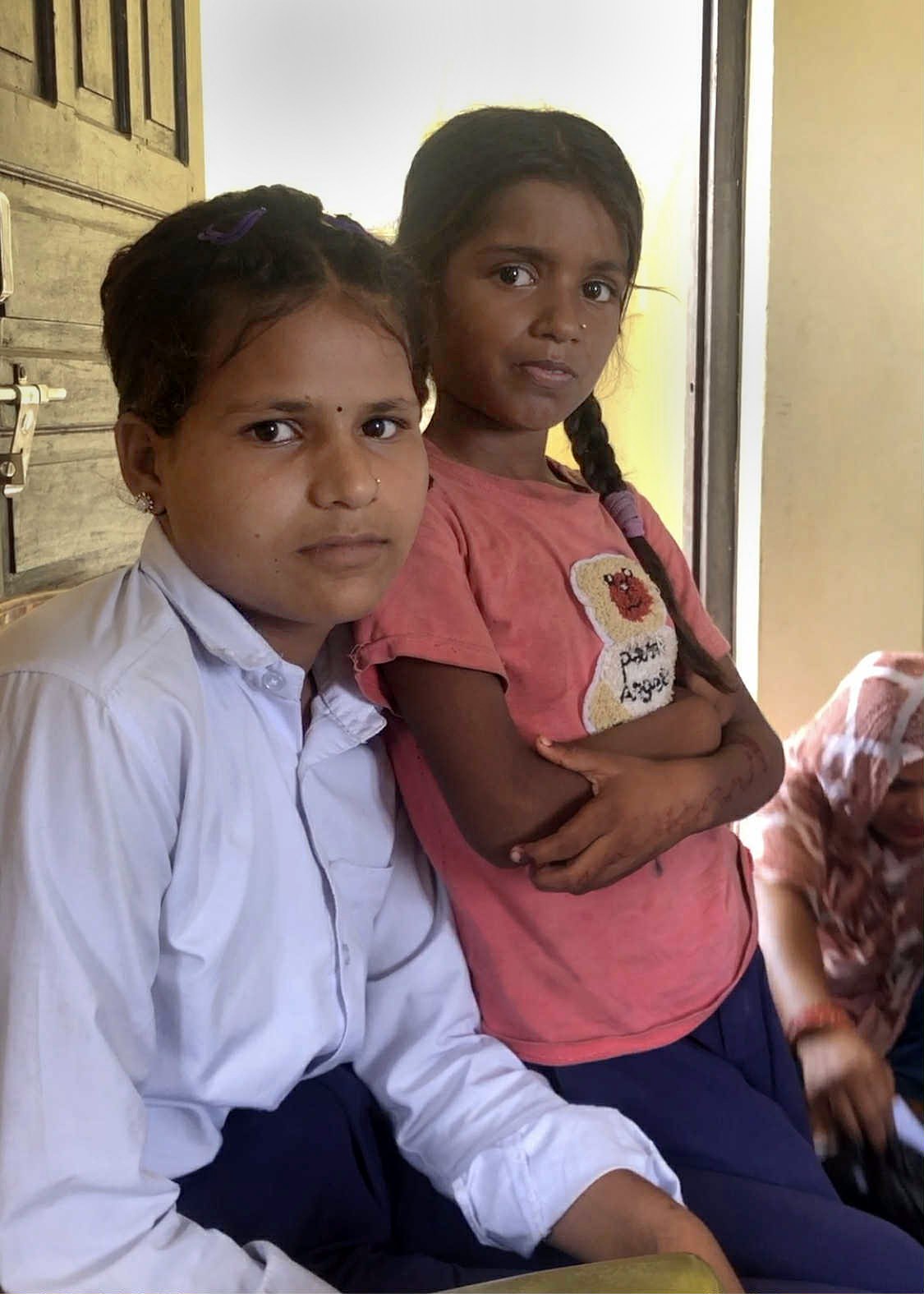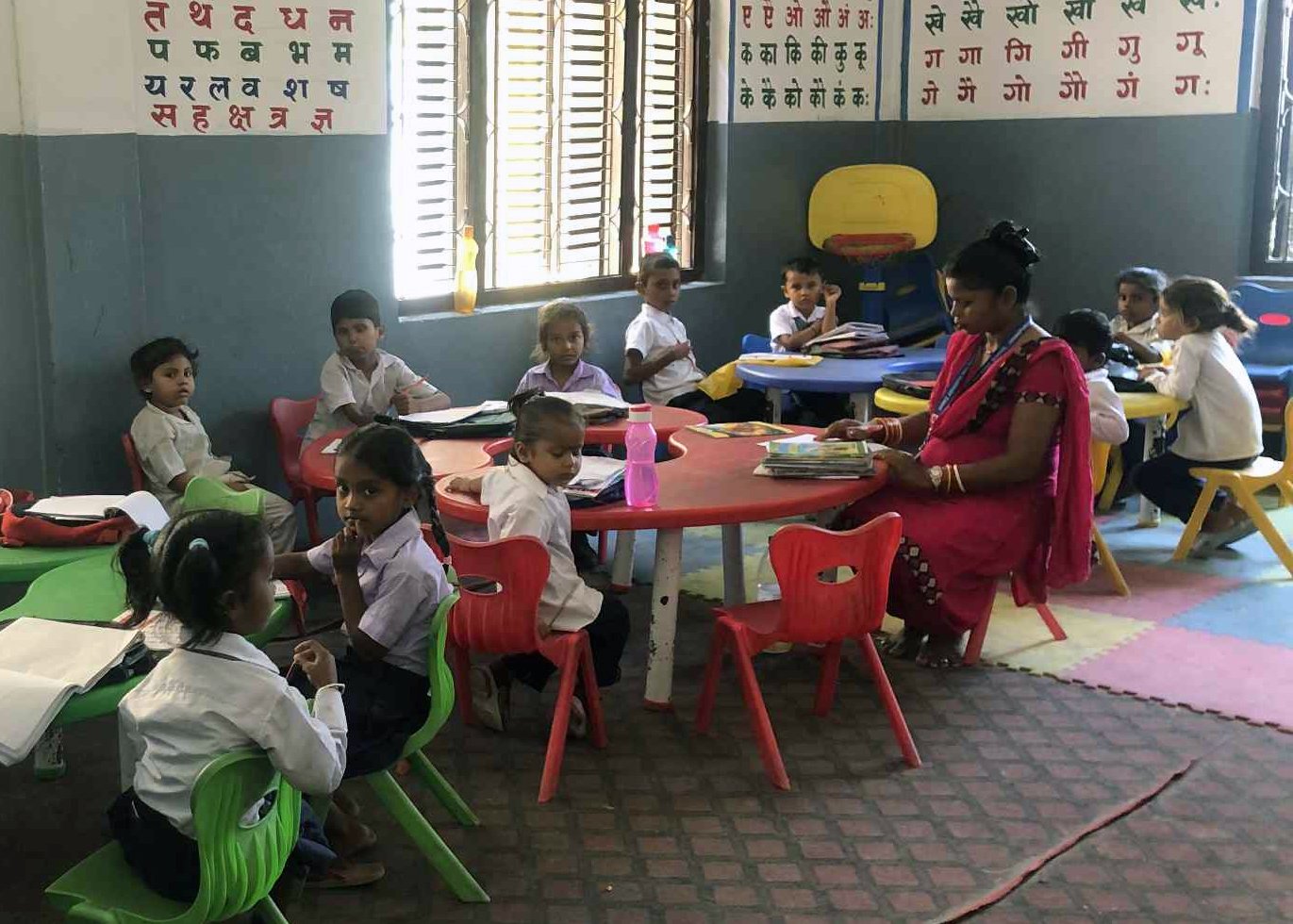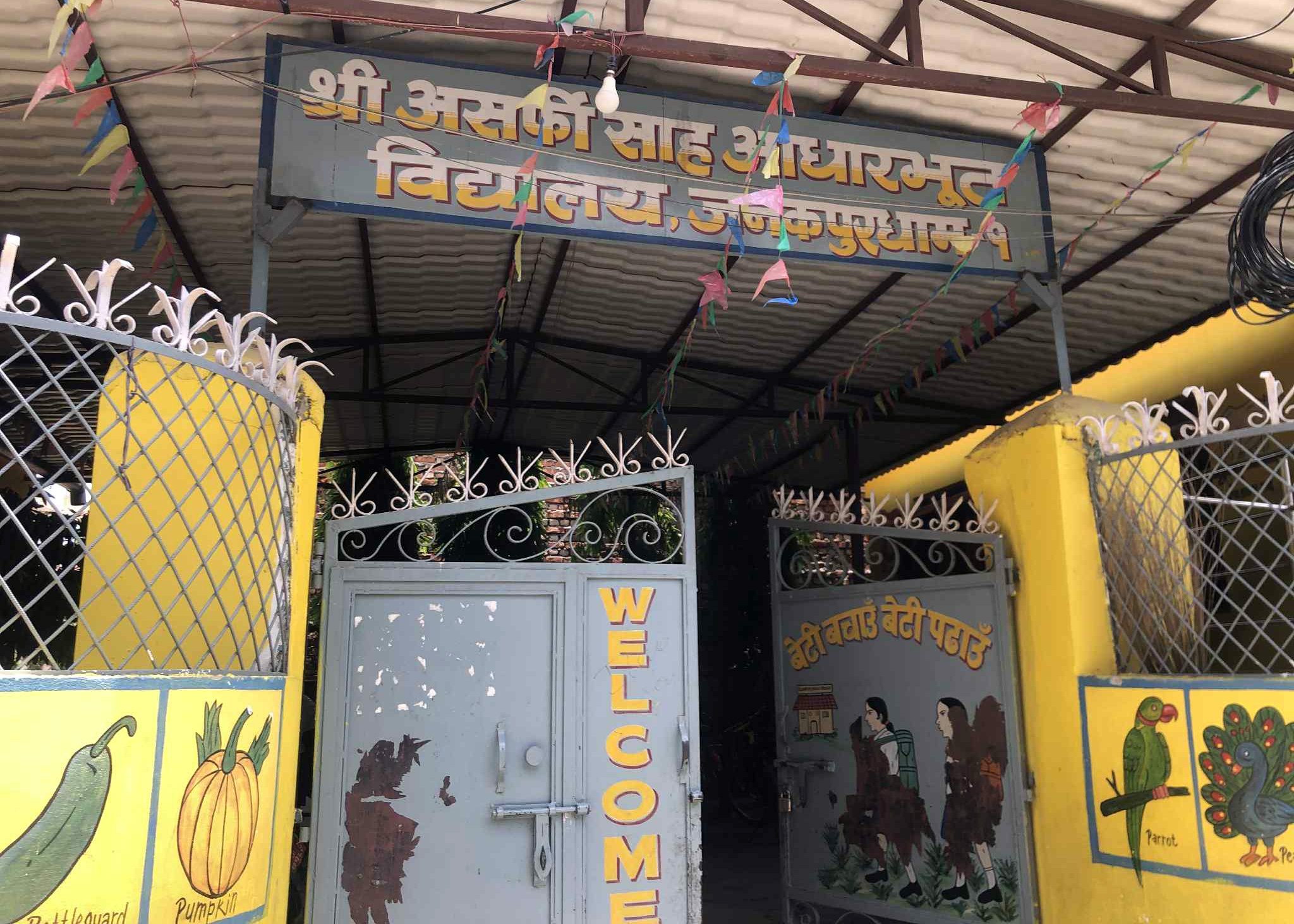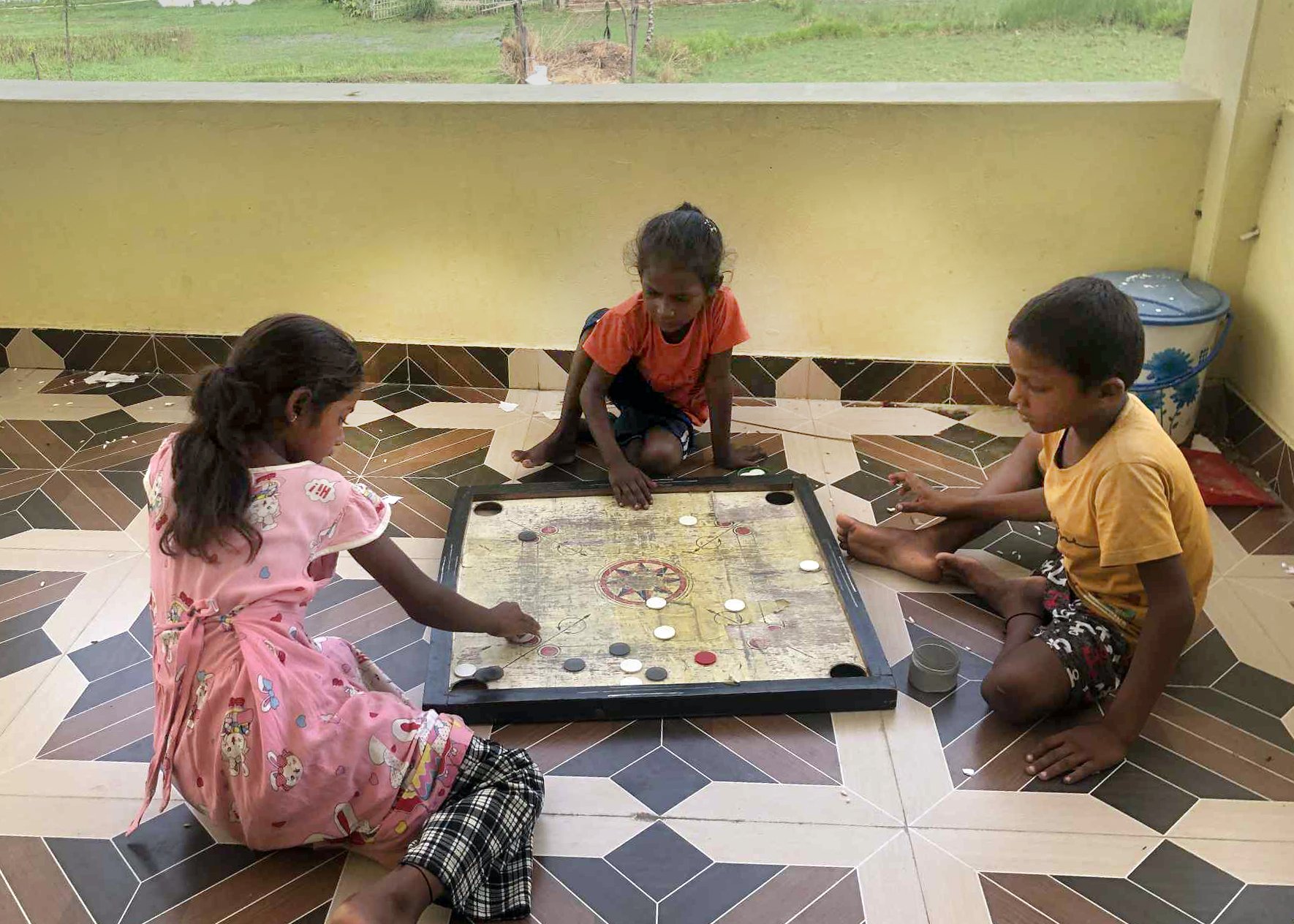
A Path Back to School for Out-of-School Children in Nepal
Once overlooked, out-of-school children in Nepal are now returning to the classroom — thanks to the tireless efforts of facilitators who are shifting mindsets, breaking barriers, and building futures from the ground up.
In a quiet corner of the city Janakpurdham in south-eastern Nepal, where ancient temples cast long shadows and Mithila art adorns the streets, a narrow lane winds toward a modest building. From morning to dusk, children approaches the gate, often barefoot or in worn-out slippers, some fresh from household chores, others returning from labour work, or tending to livestock.
This building is the home of the Hanuman Community Learning Centre (HCLC) a small but vibrant space that offers more than just literacy. It offers safety, belonging, purpose, and the chance to reclaim a lost childhood. On this scorching afternoon 20 children occupy the space—some are engaged in a lively carrom game, others are bent over notebooks as facilitators guide their learning.
“At first, children can be hesitant to join because they’re not used to studying. But gradually, they start feeling comfortable and begin to learn. I remember one particularly adamant child who used to cause all sorts of mischief — even puncturing my colleague’s bike tires! But his behaviour changed over time, and now he’s enrolled in school,” says Ms. Sadhana Chaudhary, who is one of the facilitators of HCLC.
Where Change Begins
Established in 2010, the Hanuman Community Learning Centre has become a cornerstone for inclusive education in Janakpurdham. As a member of the National Campaign for Education Nepal (NCE Nepal)—which is supported by Education Out Loud—HCLC receives technical support and financial assistance for campaigns through NCE Nepal. Its mission is to identify and support out-of-school children, particularly those from marginalised communities like the Dom, Raut, and Mehstar, and help them transition into formal schooling.
The centre conducts four two-hour learning sessions in a day, tailored to children’s schedules and capacities. Children undergo an initial assessment upon joining and a follow-up after 60 days to track progress. Facilitators conduct household surveys, raise awareness among parents, and escort children to schools, where busy roads pose a serious risk.
Bridging Barriers to Education
In 2024/25 alone, 57 children were enrolled into schools through HCLC, including 35 girls. Among them is Shiwani, a 14-year-old girl who initially joined HCLC to learn how to send text messages on a mobile phone. Shiwani, after completing grade two, dropped out of school to travel with her mother to Janakpurdham in search of job opportunities. For years, she stayed at home, feeling hesitant to return to school. At the learning centre, she is not only learning to read and write again but has also grown comfortable studying alongside other children. And today she is smiling shyly and sharing her plans to re-join formal school after years of being out.
Tamannah, a 15-year-old who dropped out of school to care for her siblings, is now already back in school. Her mother, Champika Devi, reflects: “What I like about HCLC is that we get everything—books, meals, stationery—so we don’t have to worry. These are not just our kids, they are the facilitators’ kids.” Three of Tamannah’s siblings also joined school after attending the HCLC.
And other children like Krish, who dropped out due to migration, and Sonu, who struggled with health issues, are also back in school after attending HCLC. Children like Kapil and Manisha, both working children, find time to attend the center and learn when they can. HCLC is also preparing some older children for vocational training in areas such as cooking and electrical work — acknowledging that formal school may not be a fit for everyone, but learning should still be accessible to all.
From Learning to Advocacy
Since the inception, hundreds of children have attended the center and of those more than 250 have been enrolled in schools – each with their own story of struggle and resilience. Ms. Usha Shah, chairperson in HCLC, attributes part of the achievement to the National Campaign for Education (NCE Nepal), which is the national education coalition in Nepal.
HCLC has received technical support, visibility, and strategic guidance required to operate and grow. NCE Nepal, who is supported by Education Out Loud, has consistently monitored the center’s progress, spotlighted its success among national members, and provided platforms for HCLC to participate in advocacy campaigns, policy dialogues, and education improvement efforts.
NCE Nepal has also supported HCLC with financial resources to carry out local-level lobbying and organise child-led advocacy campaigns. In one powerful initiative, children showcased their artwork, crafts, and songs to Janakpur Sub-Metropolitan City officials to urge stronger action against child labour and demand every child’s right to education. With NCE Nepal’s support, the center successfully facilitated the formation of Complaint Response Mechanisms, School Management Committees, and School Improvement Plans, reinforcing community ownership and accountability in education.
Moving Forward
And HCLC is just one of the centers supported by NCE Nepal and Education Out Loud. The coalition works nationwide to empower communities to set up similar centers and advocate for inclusive policies. It builds the capacity of facilitators through training, supports local campaigns to enrol out-of-school children, and connects community learning centres with government and civil society actors. To ensure deeper impact tracking, NCE Nepal is working toward adopting inclusive monitoring frameworks alongside disaggregated indicators by age, gender, caste, and disability.
Furthermore, by facilitating learning-sharing events between HCLC, other CLCs, and local government actors, NCE Nepal promotes the replication of successful models — ensuring that more children in marginalised communities can access similar pathways back to education. This momentum provides an opportunity to explore formal policy dialogue mechanisms between NCE Nepal and government authorities to institutionalise and scale community learning centre models.
The journey is far from over, but every new enrolment is a milestone and together, they are changing narratives — from exclusion to inclusion, from invisibility to voice, from survival to hope. Facilitators like Rebita Shah and Sadhana Chaudhary from HCLC, have made tremendous impact. They have enrolled over 70 children in the past two years, often facing resistance and stigma from communities. At one point, a parent chases Sadhana away – yet she persists:
“Change is only 10 % so far, but we are moving. Every day I try to convince parents that their children can do more if they just get a chance.”
Structural challenges to quality education for all
- Illiteracy and Parental Attitudes:
Many parents in the Dom, Raut, and Mehstar communities in Nepal are illiterate and have never attended school. Without firsthand experience of education’s value, they often view it as irrelevant.
“Some parents say; ‘we never went to school and we’re surviving just fine’,” shares Ms. Rebita Shah, a facilitator at HCLC. “It takes time and trust-building to convince them that their children deserve more.” - Poverty and Financial Constraints:
Although education is technically free in Nepal, the associated costs, such as uniforms, notebooks, pens, and travel, are unaffordable for many families. Children often contribute to the family income by helping with household chores, street vending, or manual labor. This economic pressure leads parents to prioritise short-term survival over learning.
- Frequent Migration:
Families in these marginalised communities frequently migrate in search of seasonal work. This constant movement disrupts children’s schooling and prevents continuity in their education. Facilitators at HCLC often find that children disappear for months and then return having forgotten much of what they had learned. - Lack of Birth Certificates and Documentation:
Without official documents like birth certificates, many children cannot be formally enrolled in schools. This issue is especially common among children of girls who are married early and therefore hold no marriage certificate, or children born into families unfamiliar with government procedures.

